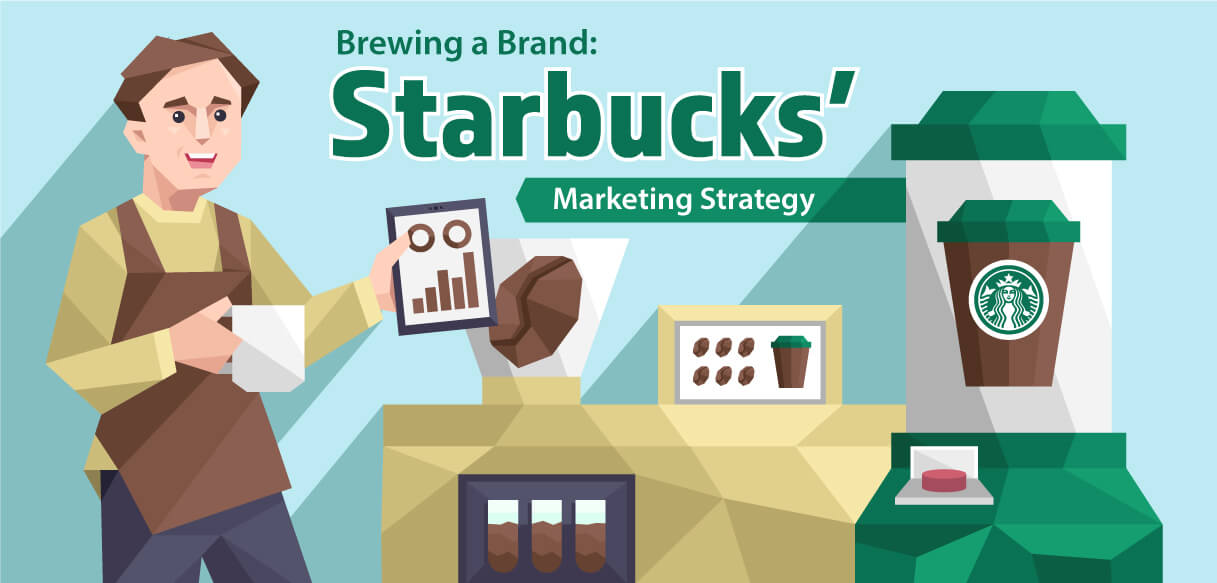In today’s fast-paced digital world, managing your social media presence can be a daunting task. With numerous platforms to juggle and an ever-increasing demand for fresh content, it’s crucial to have a well-thought-out social media automation strategy in place. This strategy not only saves you time and effort but also ensures that your brand maintains a consistent online presence. In this article, we will walk you through the steps to create an effective social media automation strategy that will help you engage your audience and grow your online presence.
Table of Contents
Understanding the Importance of Social Media Automation
Social media automation involves using tools and software to schedule, manage, and analyze your social media activities. It’s essential because it saves time, ensures consistency in posting, and allows you to reach your audience even when you’re not online.
Setting Clear Goals and Objectives
Before diving into automation, define your goals and objectives. Are you aiming to increase brand awareness, drive website traffic, or boost sales? Clear objectives will guide your automation strategy.
Choosing the Right Social Media Management Tools
Selecting the right automation tools is crucial. Popular options include Hootsuite, Buffer, and Sprout Social. Assess your needs and budget to make an informed choice.
Content Calendar Creation
A content calendar helps you plan your posts in advance. It should include a mix of promotional content, informative posts, and engaging visuals.
Content Curation and Creation
Curate and create content that resonates with your target audience. It should be relevant, valuable, and shareable. Tools like Canva can help design eye-catching visuals.
Optimizing Posting Times
Identify when your audience is most active on each platform. Scheduling posts during these times maximizes engagement.
Engaging with Your Audience
Automation doesn’t mean ignoring your audience. Respond to comments, messages, and mentions promptly. Genuine engagement fosters a sense of community.
Monitoring and Analytics
Regularly review analytics to assess your strategy’s effectiveness. Adjust your approach based on what works best for your audience.
Adjusting and Refining Your Strategy
Social media trends evolve. Be flexible and willing to adapt your automation strategy to stay relevant.
Balancing Automation and Authenticity
While automation is efficient, avoid robotic responses. Inject personality into your interactions to maintain authenticity.
Avoiding Over-Automation Pitfalls
Over-automation can lead to generic content. Ensure your automated posts are tailored to each platform’s nuances.
Compliance and Ethics in Automation
Stay updated with platform policies and ethical guidelines. Automation should not violate any rules or compromise your brand’s integrity.
Case Studies of Successful Automation
Explore real-life examples of brands that have successfully leveraged automation to achieve their goals.
Measuring ROI (Return on Investment)
Calculate the ROI of your automation efforts by tracking metrics such as increased website traffic, lead generation, and revenue.
Conclusion
Creating a social media automation strategy is a smart move for any business or individual looking to make a significant impact online. By setting clear goals, choosing the right tools, and maintaining a balance between automation and authenticity, you can streamline your social media efforts and achieve impressive results.














Leave a Reply